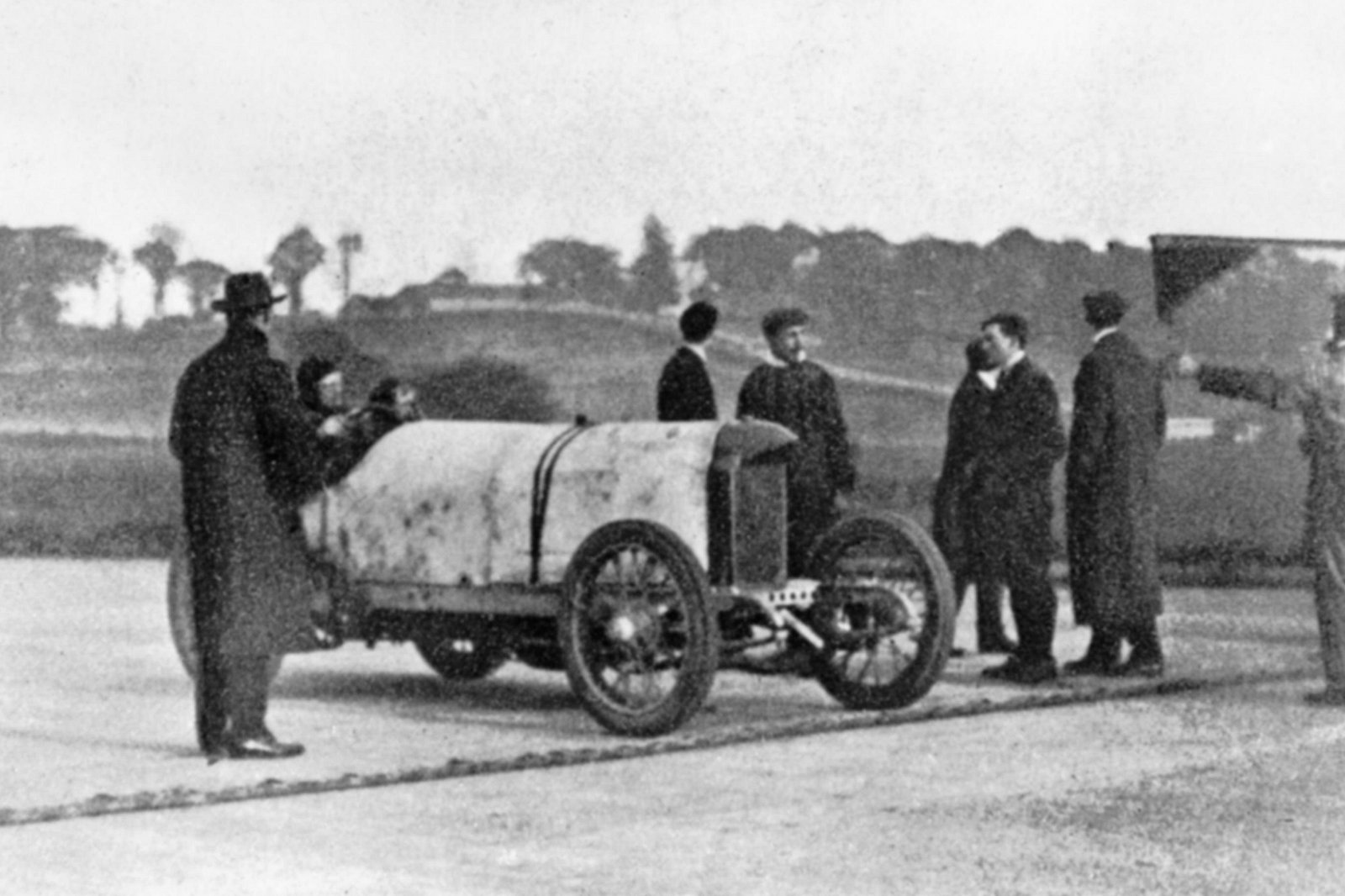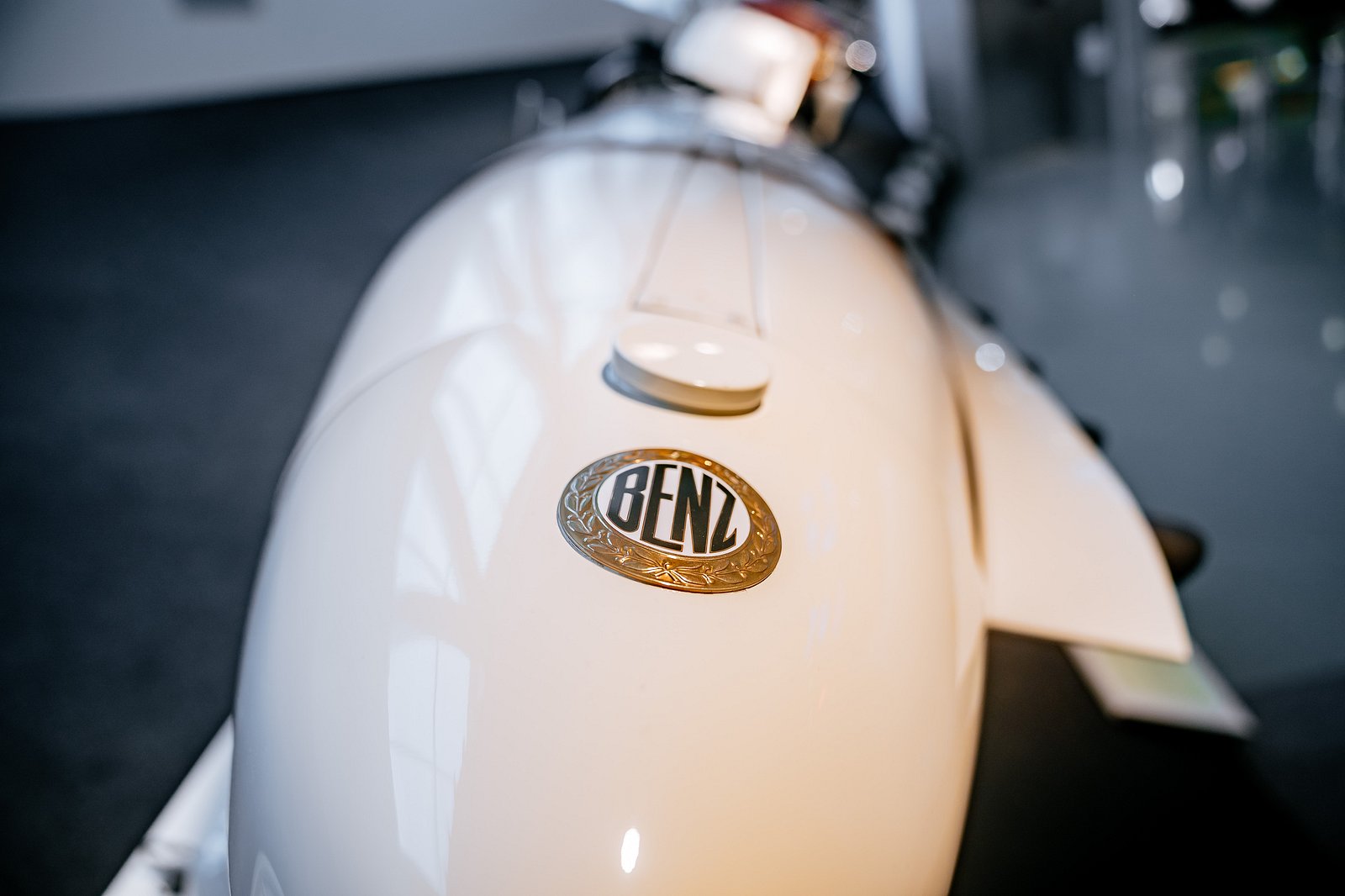How Fast Was World’s Fastest Car in 1909?
Introducing the Blitzen-Benz – the world’s fastest car during its time and the focus of the Mercedes-Benz Museum’s new “Close-up” series. This remarkable vehicle was first unveiled in 1909 and quickly rose to fame for its impressive speed. With a top speed of over 150 km/h (93 mph), it was the fastest car of its time and set several world records. Now, the Blitzen-Benz is the star of the Mercedes-Benz Museum’s new series, which provides a closer look at the car and its history. Visitors will be able to see the car up close and learn more about its unique features and design. The museum also plans to host events and activities related to the Blitzen-Benz, so be sure to check out the museum’s website for more information.
Searching an inventory of soaring speed achievements, there is almost no mention of Mercedes-Benz, apart from the iconic Mercedes 300 SL of 1955 famed for being the quickest car of its time.
This was because the brand wasn’t focused on obtaining top speed records; from the late 19th to early 20th centuries, its cars were renowned for their practicality, dependability, and budget-friendly aspect – demands imposed by Carl Benz himself. Nowadays, modern Mercedes are widely respected for their security features and state-of-the-art technology, but don’t be diverted from the fact that the Stuttgart-based company has a liking for velocity, a preference which would cause the Lightning (Blitzen) Benz to become the fastest.
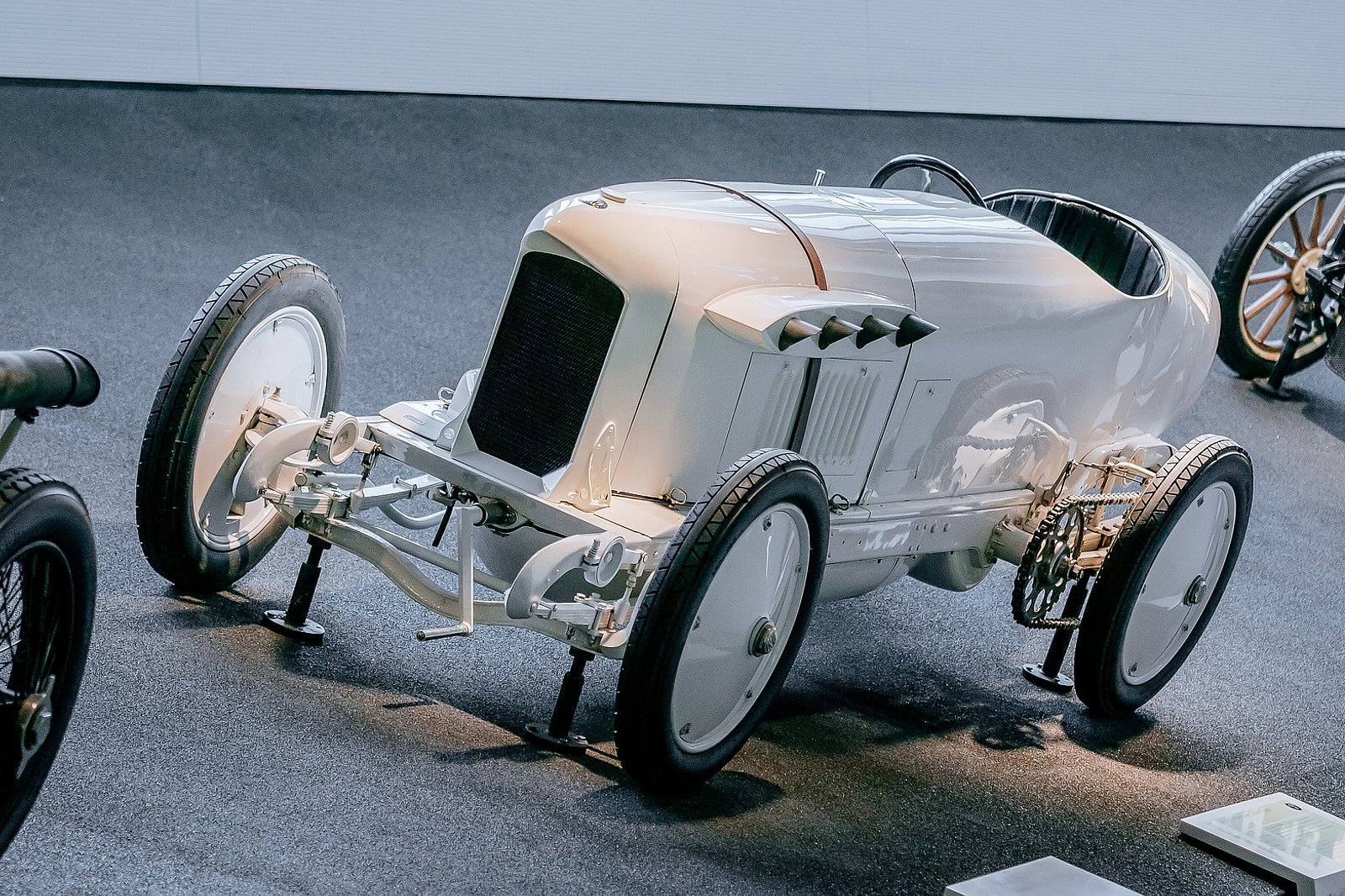
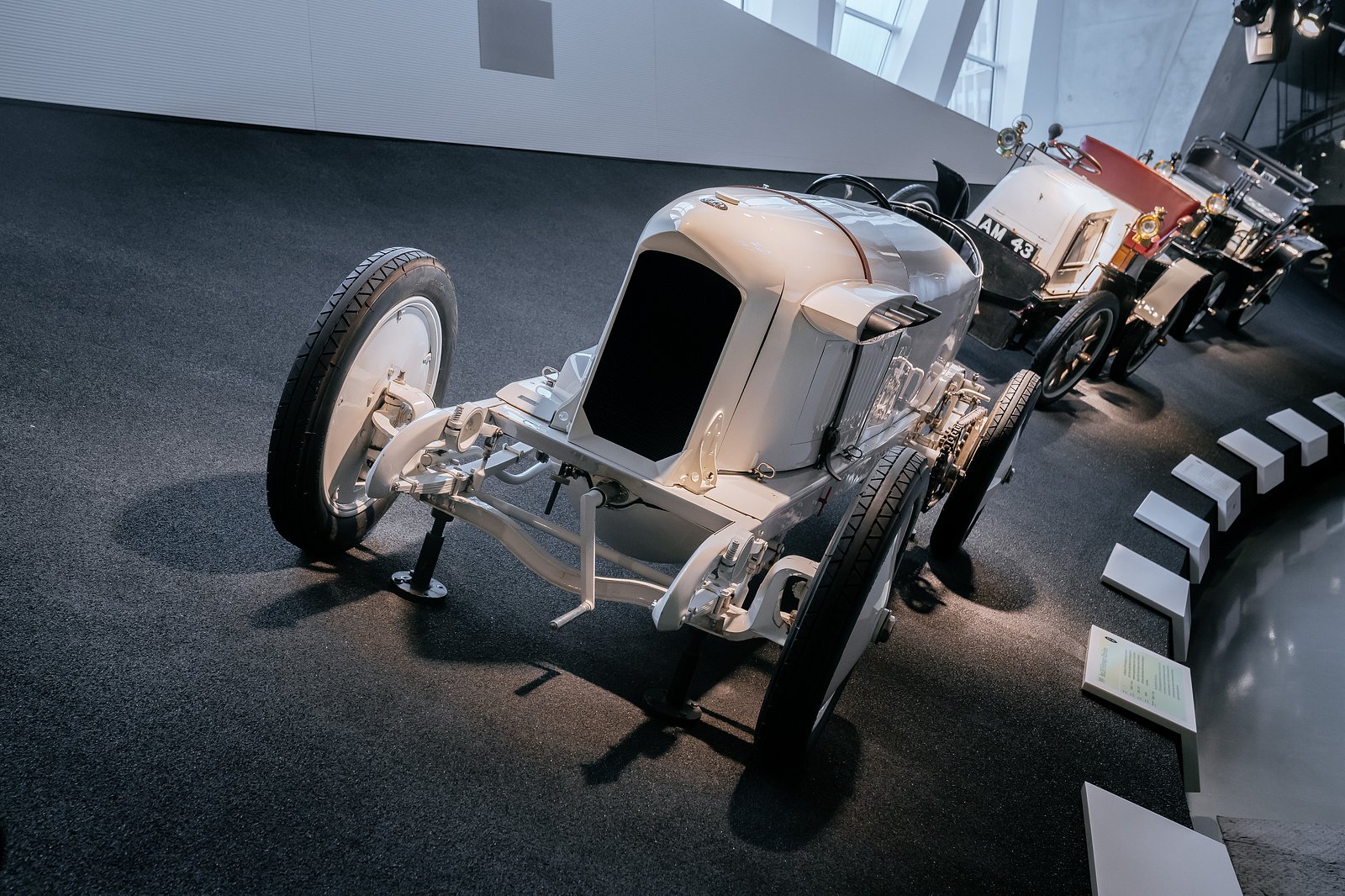
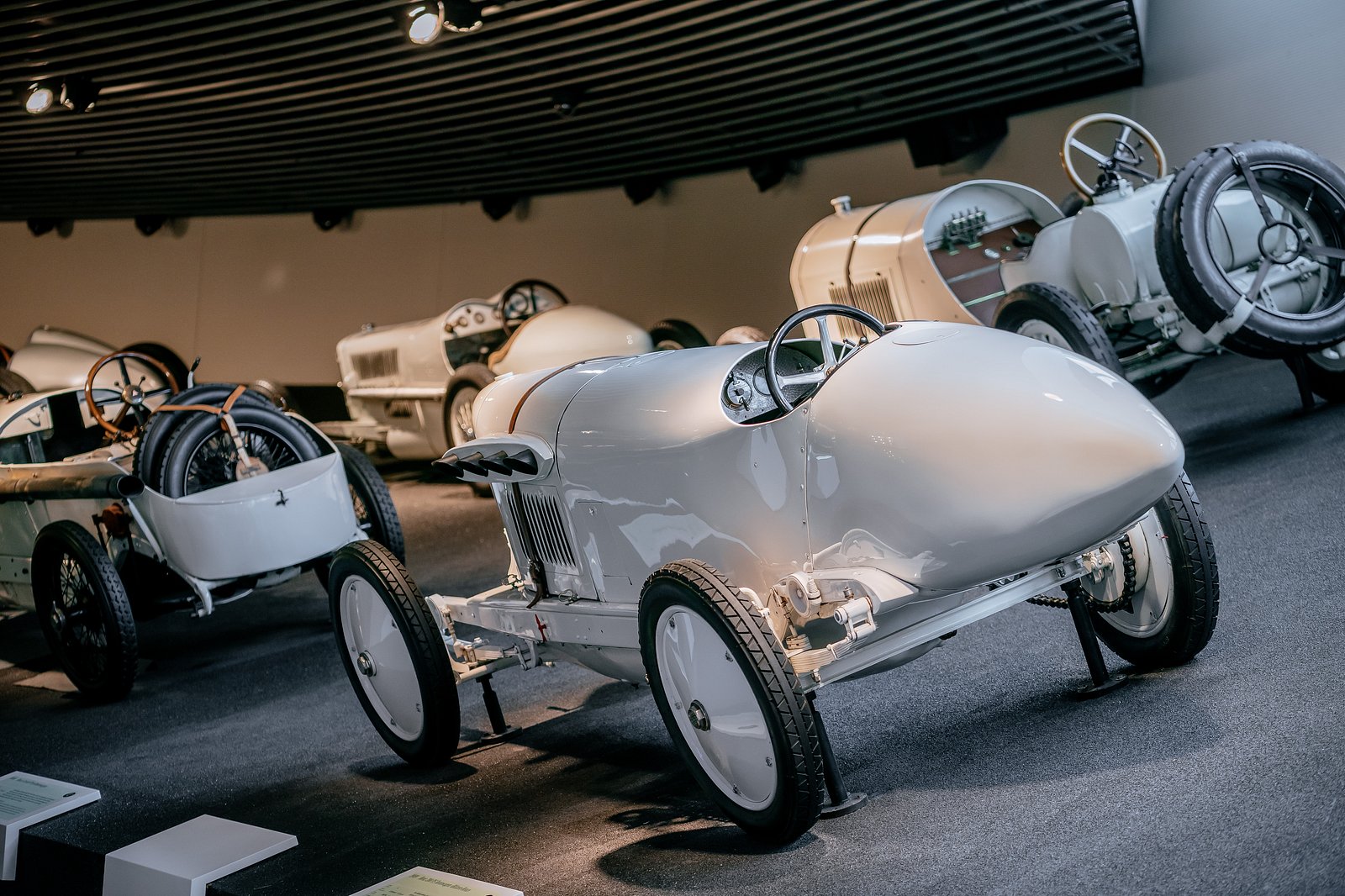
Though the early Mercedes-Benz models didn’t necessarily have to be the quickest or most powerful, the other brands in the competition saw things differently. Taking advantage of their racing success, they used it as a way to market their vehicles more effectively. This posed a challenge to Mercedes-Benz and forced them to adjust their philosophy, leading to the creation of the Benz 200 PS, otherwise known as the “Blitzen-Benz”.
The goal was explicit for the vehicle: to be faster than any other mode of transportation at the moment. Thus, it had to achieve a speed surpassing 200 km/h (124 mph), as the swiftest railroad engines back then were advancing at approximately 210 km/h (130 mph). It also needed to outpace a steam engine car which reached 205 km/h (127 mph).
Beginning the pursuit of a world record car in early 1909, an Benz 150 hp Grand Prix racing engine was acquired, accompanied by a streamlined profile to enhance its air resistance. Back then it was generally perceived that a smaller silhouette offered the most conducive shape for gliding easily.
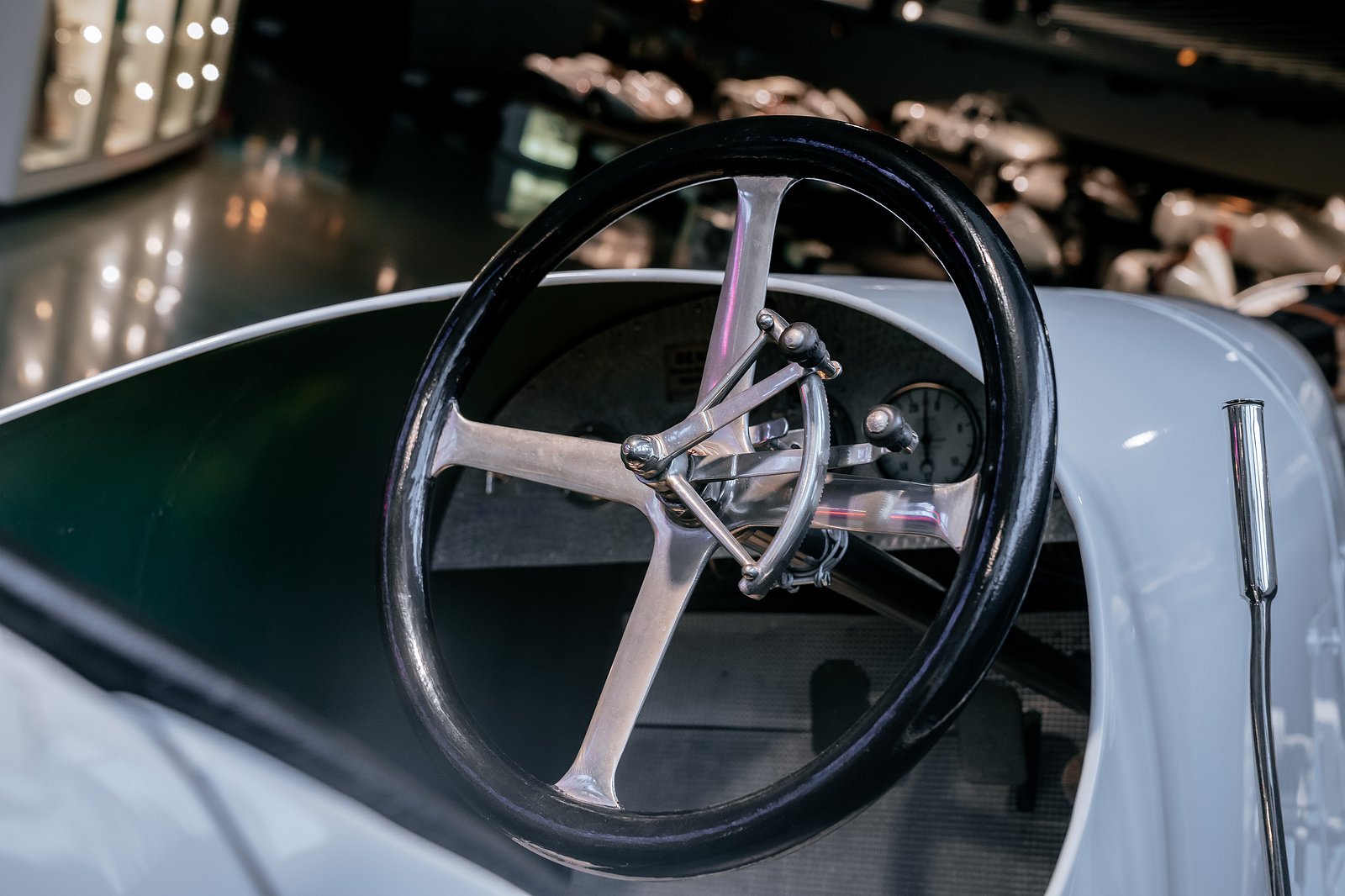
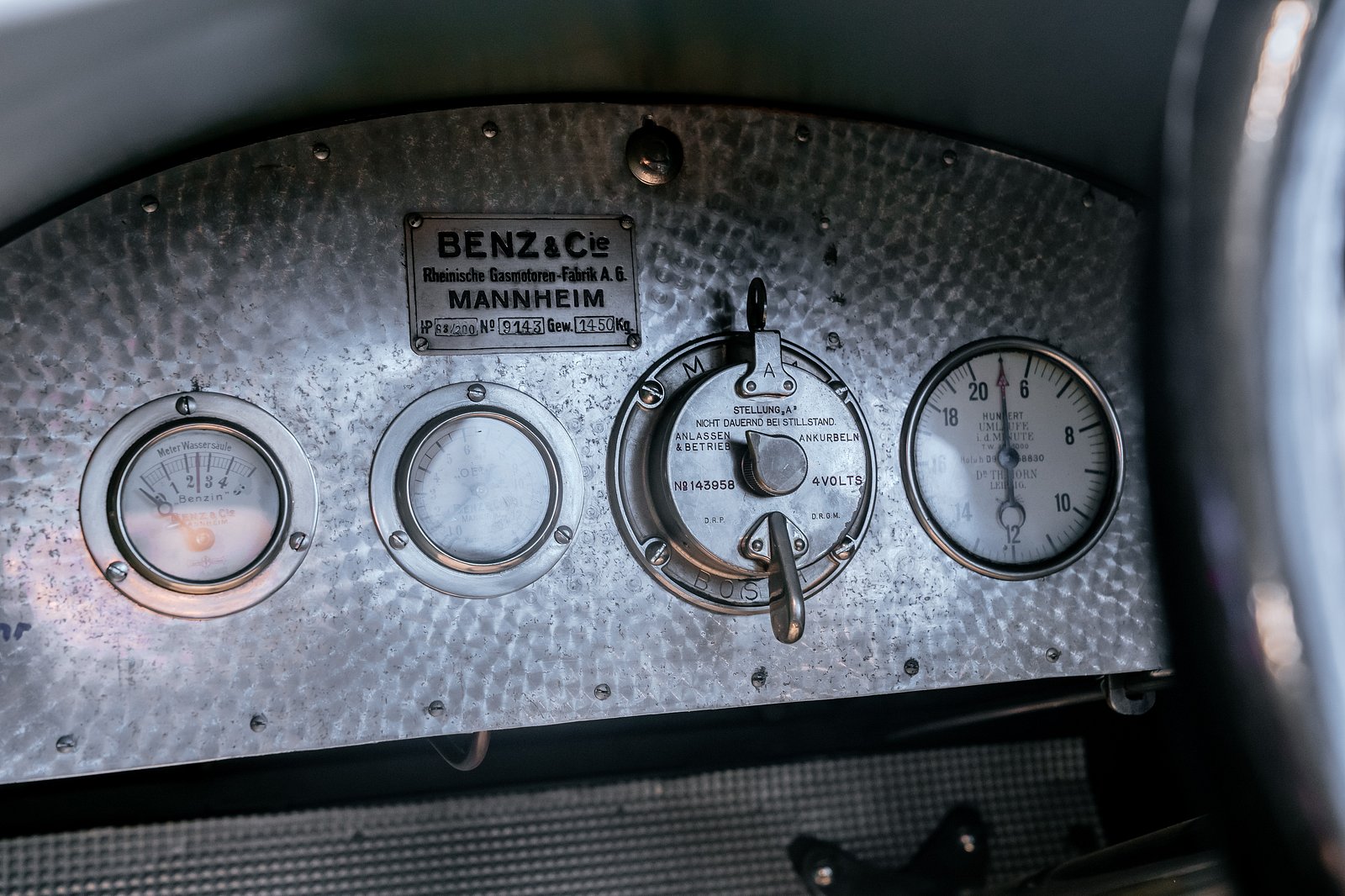
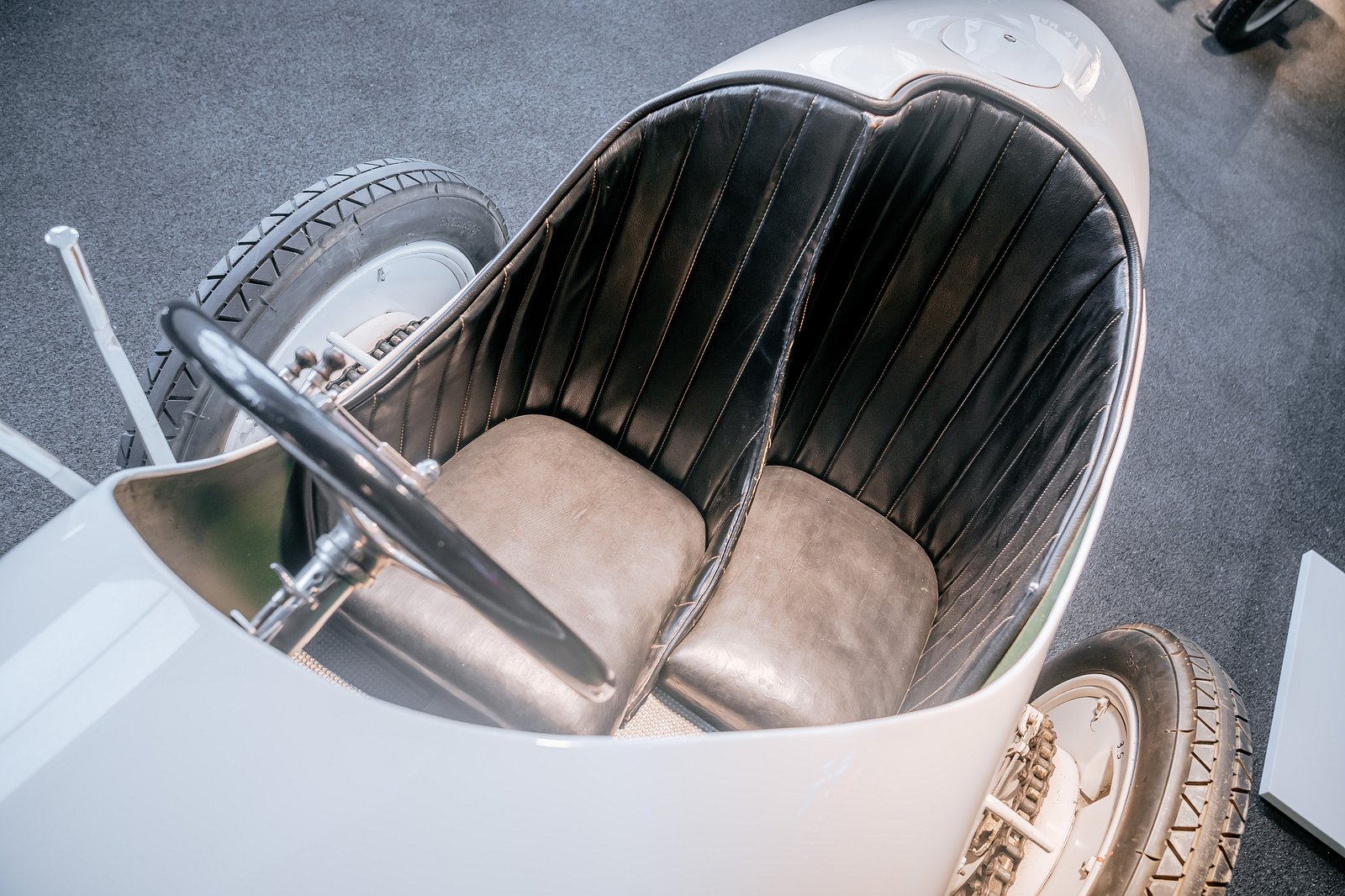
In spite of the impressive quantities, the project still necessitated more attention so the motor’s displacement was augmented to 21.5 liters. The arisen and much larger engine now elicited 200 metric horsepower (197 hp) at 1,600 revolutions per minute, representing the most potent motor from the German auto producer during that point. Additionally, it weighed a monumental 407 kilograms/897 pounds.
Although these force numbers are exceptionally trivial for modern autos, such as even the beginner CLA-Class, it was innovative. Respective to the brand’s naming pattern, the novel race automobile would be dubbed the Benz 200 PS connoting its power capacity.
As a result of its more powerful motor, efforts rose to set brand-new velocity records, initially in Europe. On 8 November 1909, the new Benz 200 PS sped up to 205.666 km/h (127 mph) for a half-mile and 202.648 km/h (125 mph) within one kilometer; nevertheless, these two quick sprints were only attainable due to an accelerating start on the Brooklands racetrack.
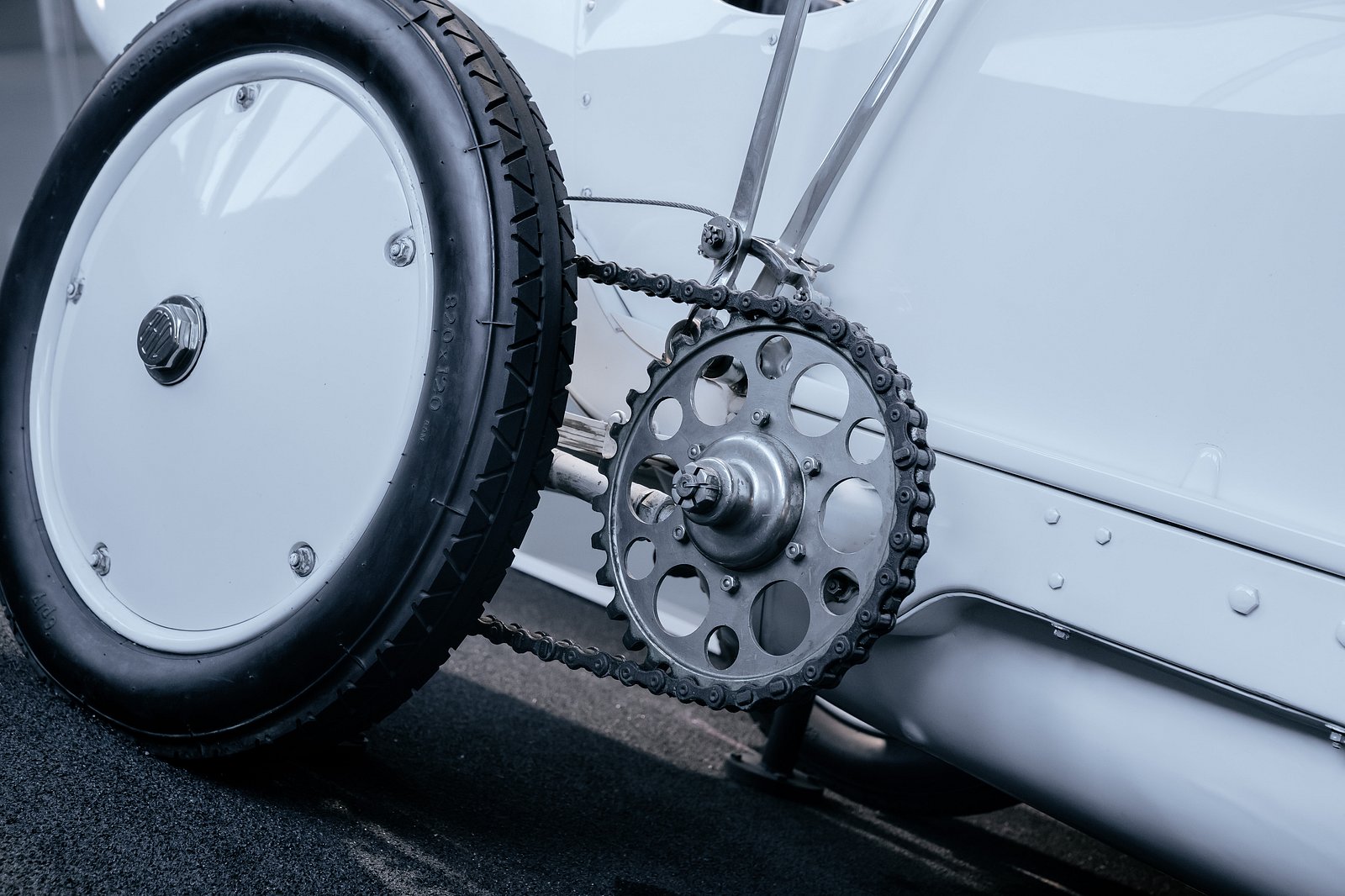
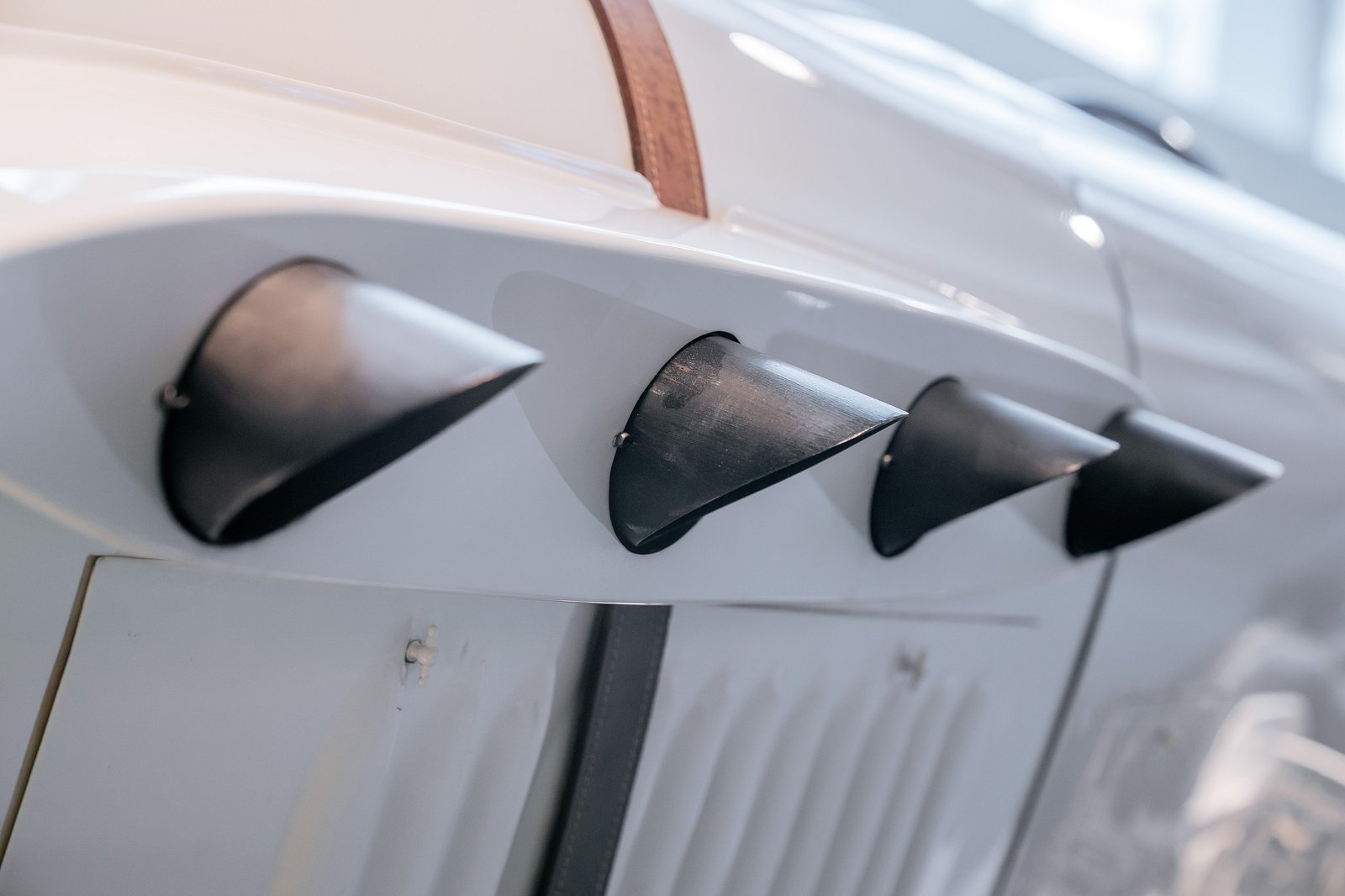
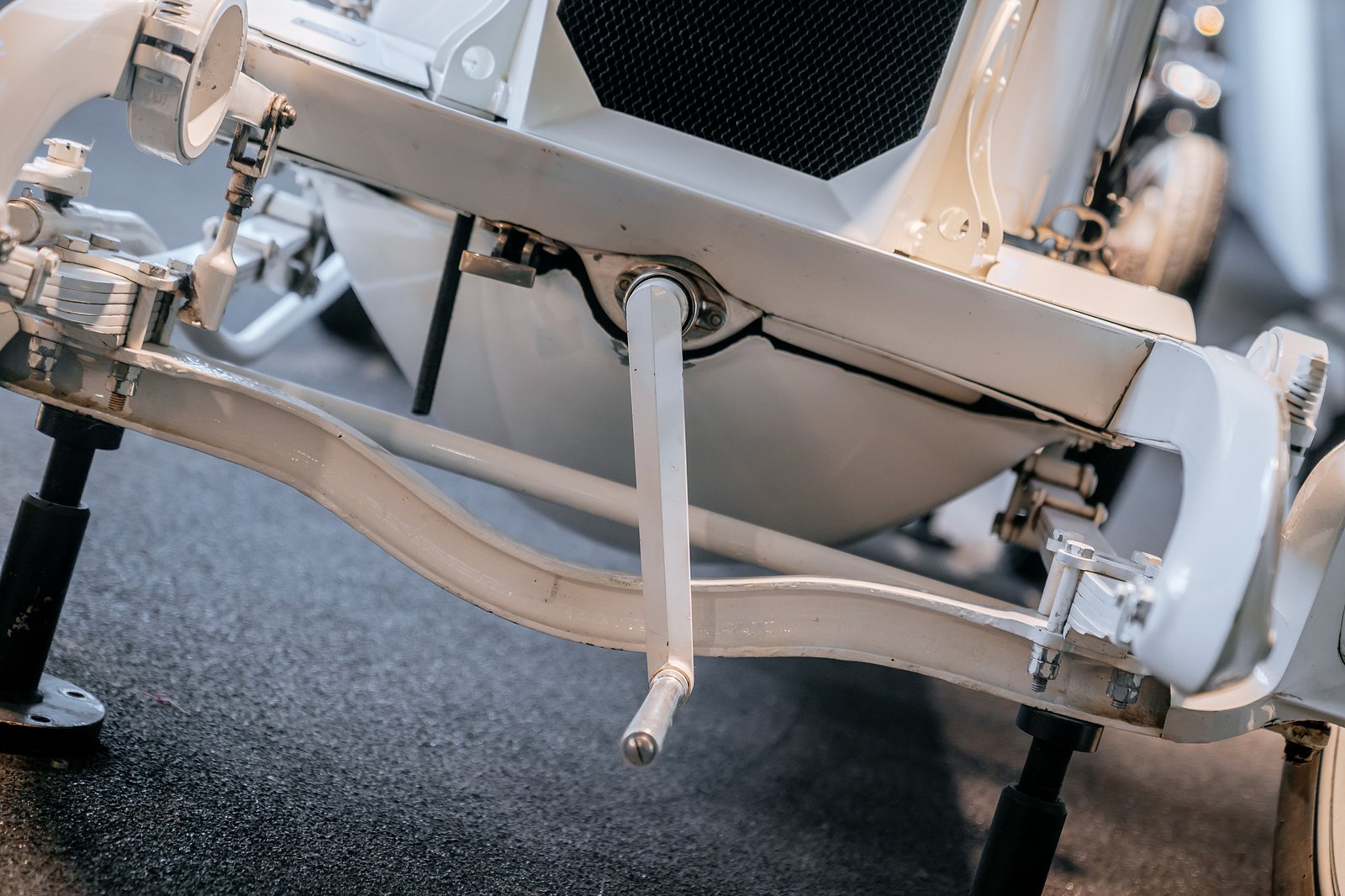
Apart from the records set in speed racing, this marked the first time ever an internal combustion engine had surpassed the 200 km/h speed limit. Although it boasted remarkable speeds, the race car had to be sent abroad for achieving even greater velocity, thus it was transported to America.
In the United States, the Benz 200 PS managed to move even more quickly, establishing a new benchmark on March 16, 1910 with a velocity of 211.97 km/h (131 mph) whilst racing along the Daytona Beach course. Then, one year later, on April 23, 1911, the German automobile set a new pace record while traversing the same track, reaching an impressive 228.1 km/h (141 mph) with Bob Burman driving.
It became twice as quick as any modern aeroplane and swifter compared to any motor vehicle or railway, giving it the unofficial soaring speed record. This report lasted for eight more years, only being surpassed in 1919. The data related to speed accomplishments from this period is misty because of mistaken assertions and news reports, additionally the Mercedes score was made in a single direction.
Despite this, the Blitzen-Benz left a precedent of swiftness that would be followed by further speed records from Mercedes-Benz, of which the newest entail the AMG ONE and the Nurburgring.
